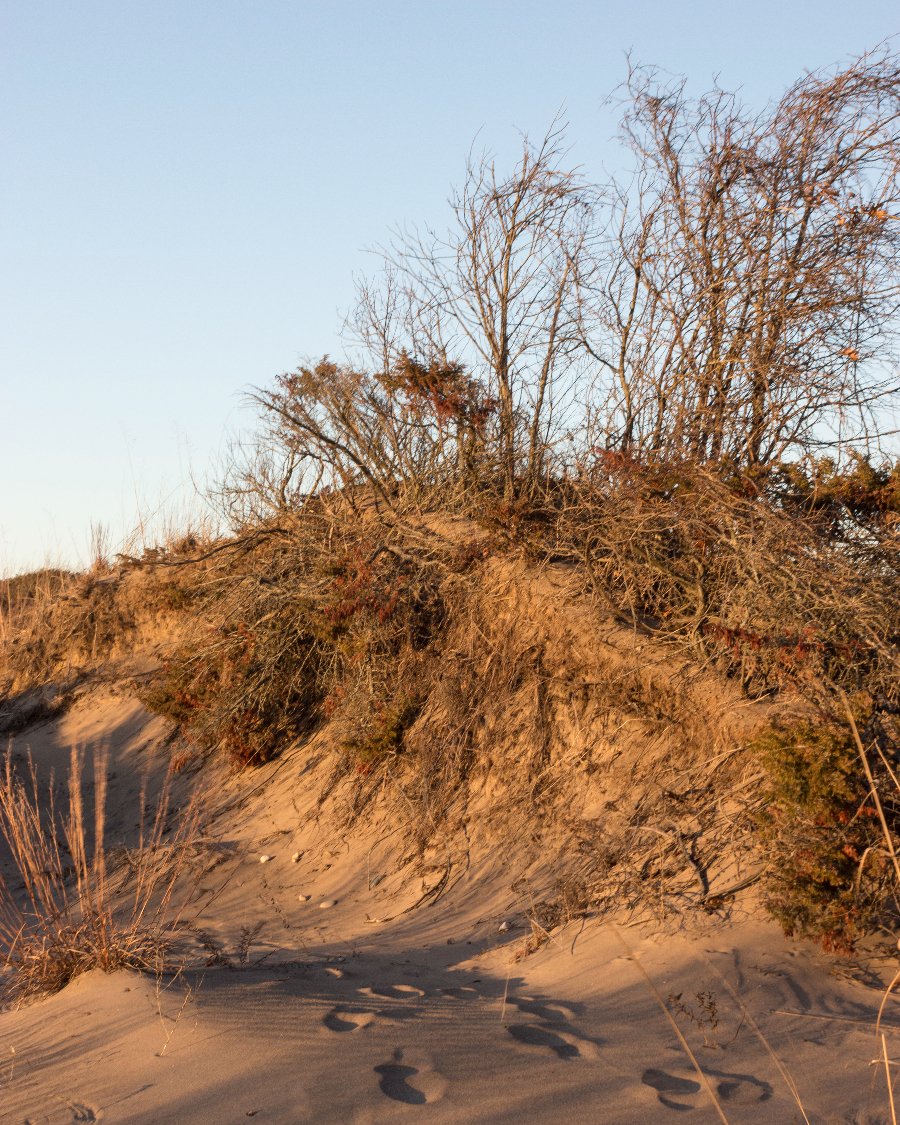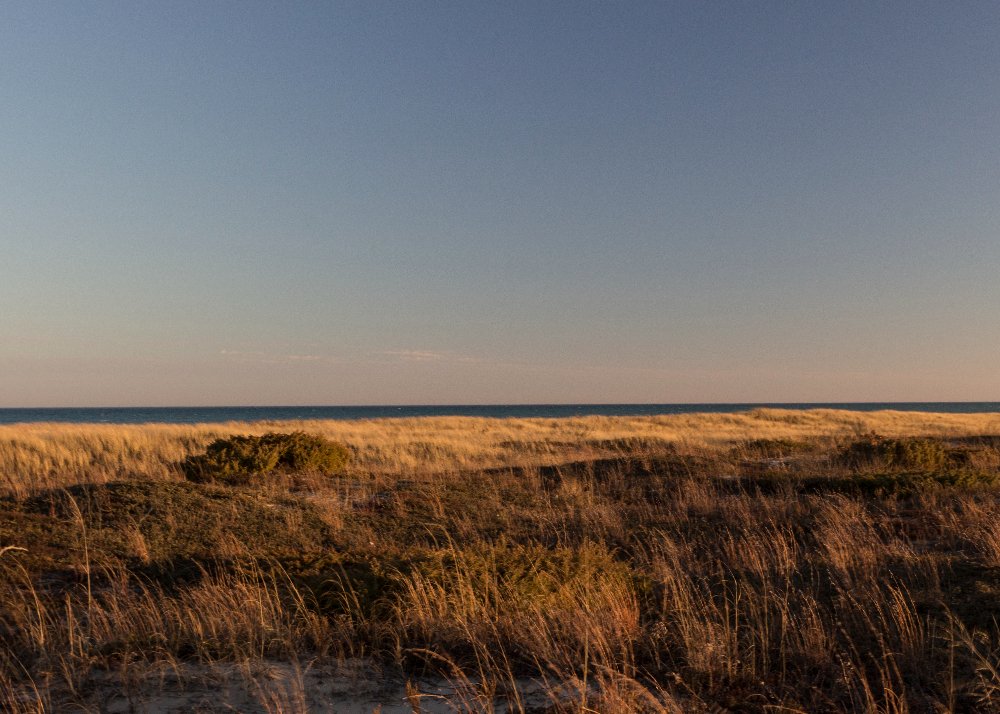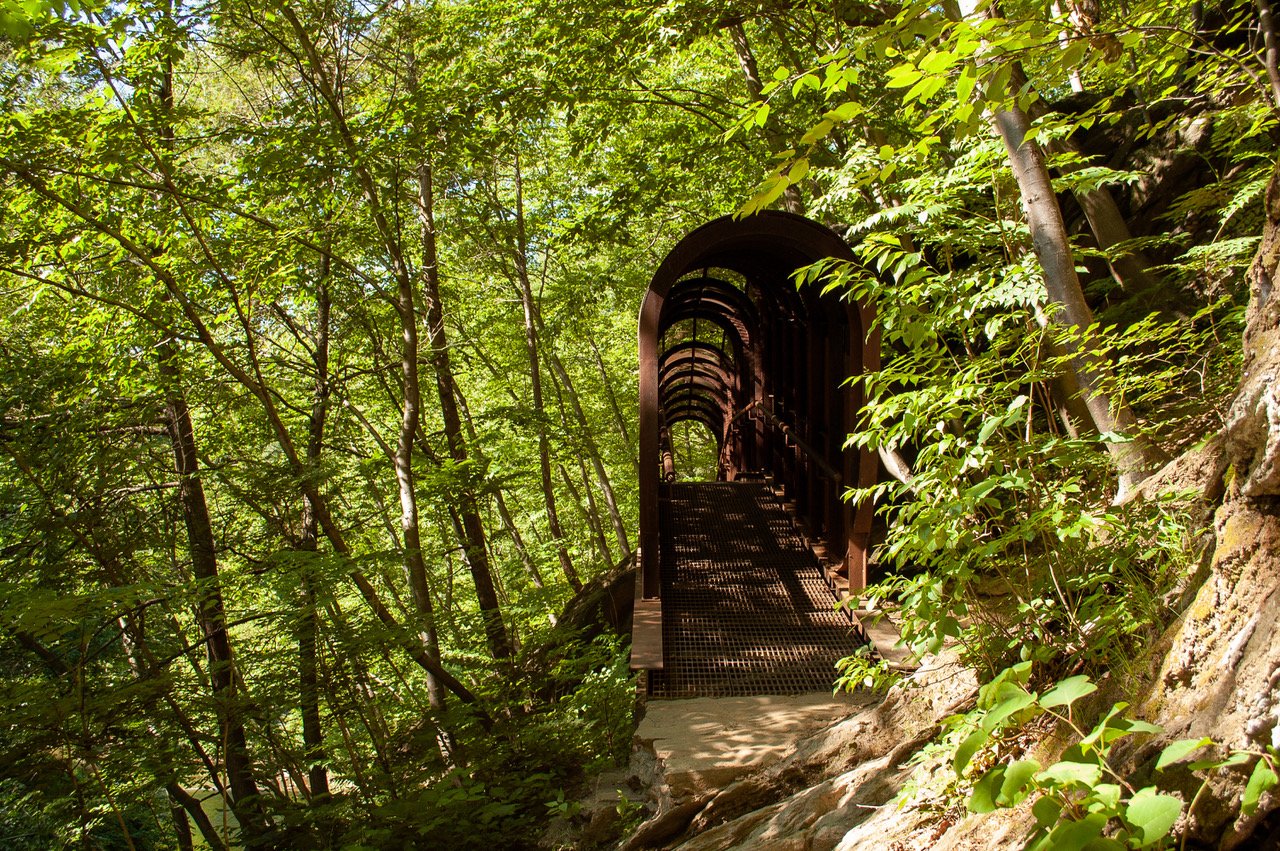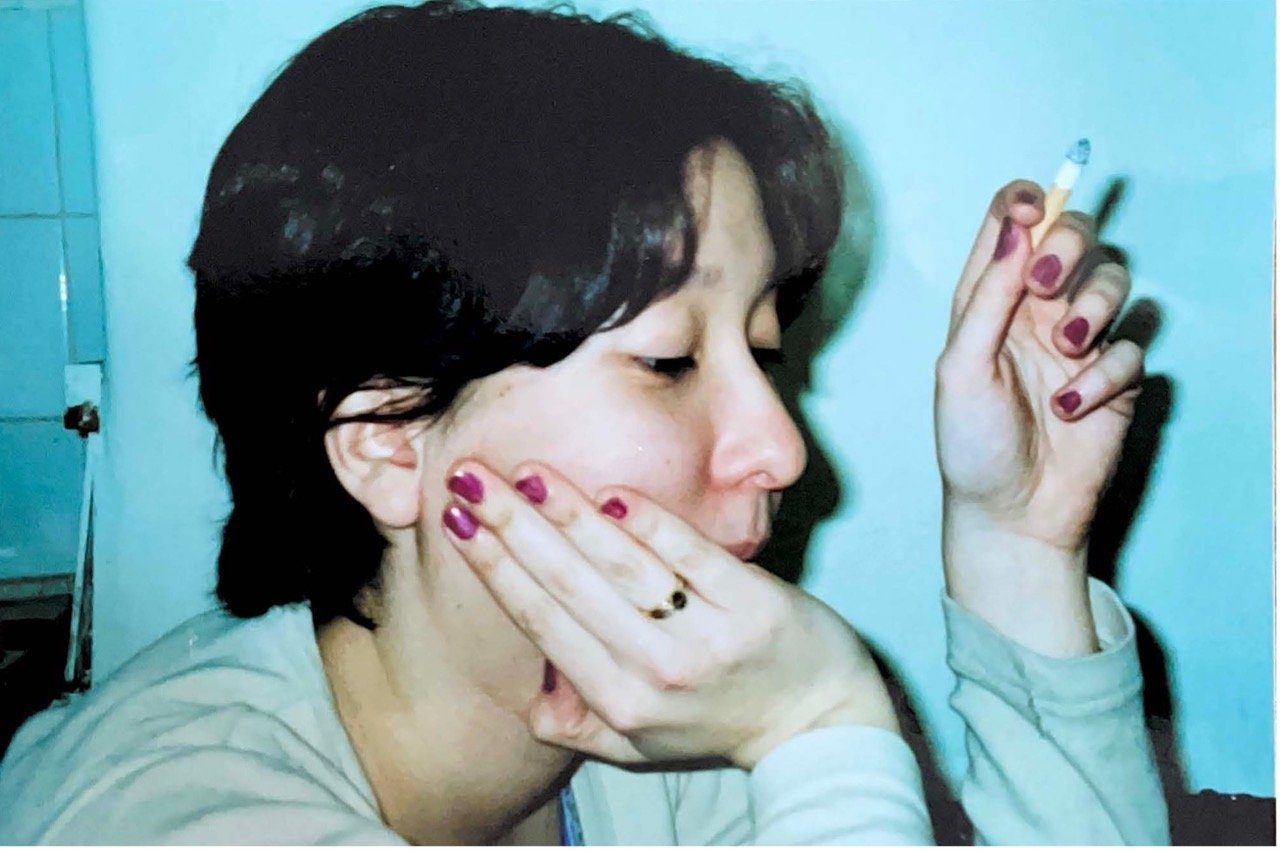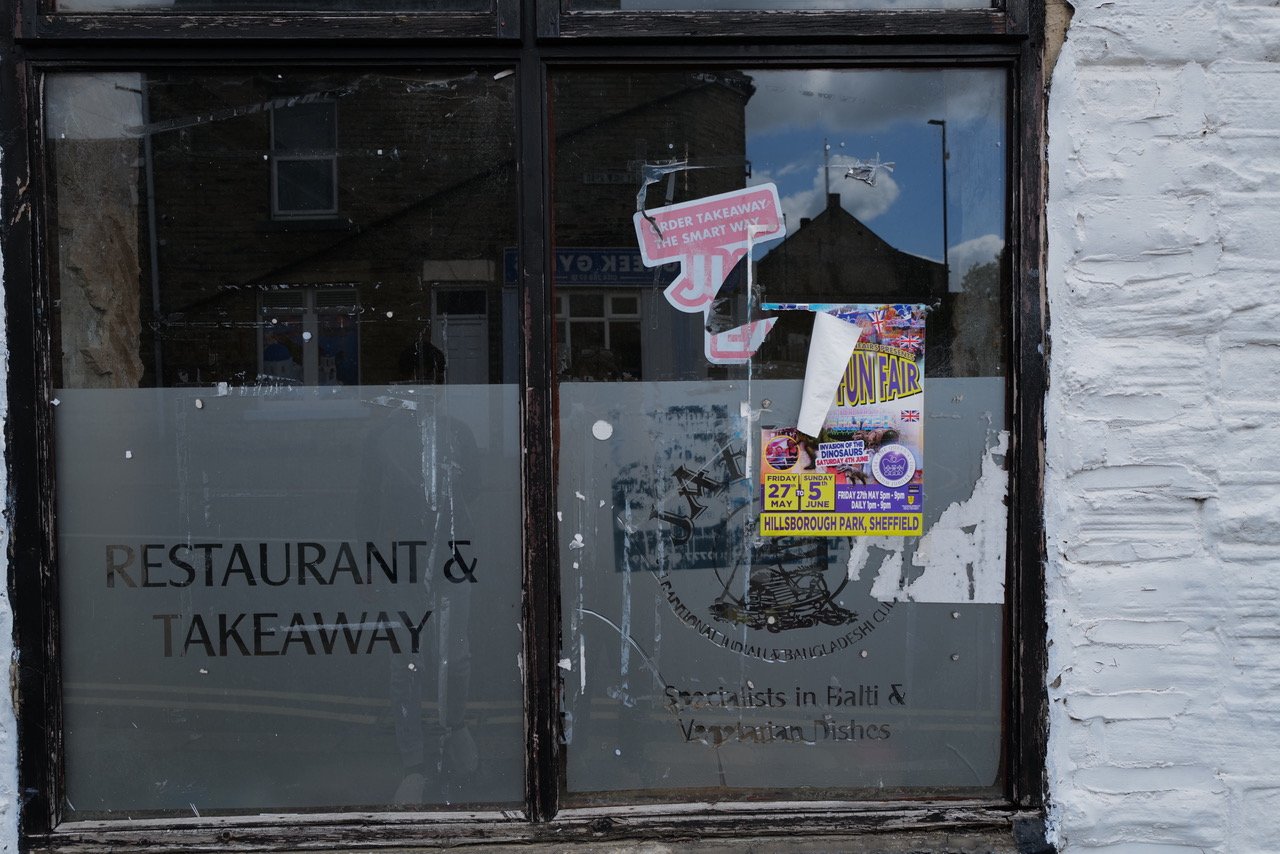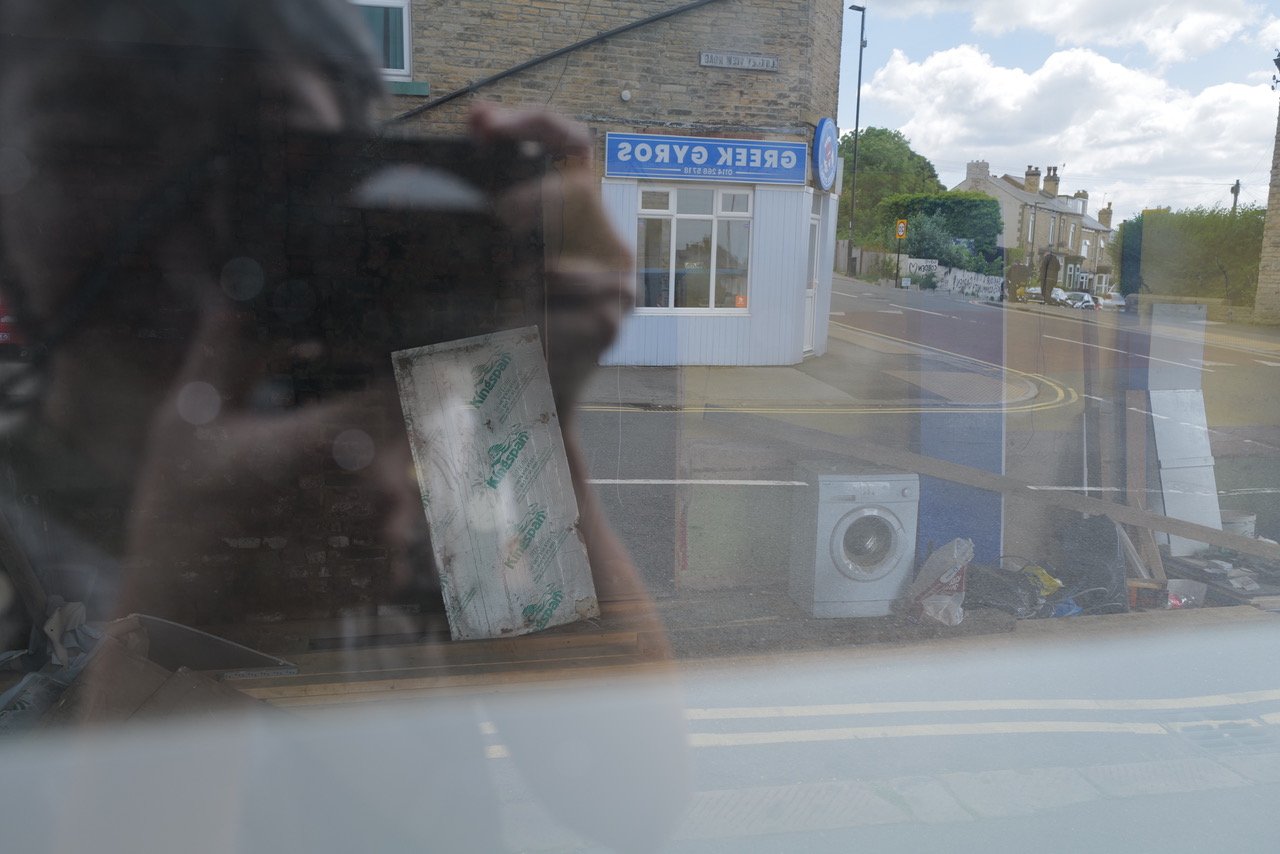Minor Moorlands Roads – Part One
/During the summer of 2022, Emily Oldfield set out walking the minor roads pushing into the moors around the town of Todmorden, West Yorkshire – many of them traversing and toying with the county boundary into Lancashire. Emily has long-been interested in edgeland spaces, and these roads in particular as routes of intimacy and abandonment simultaneously; built with great intent by former generations, now rarely-used – places that are neither footpath nor main road, where the pedestrian could then be seen as another aspect of the ‘edge’. When feeling ‘on the edge’, to choose these routes can be paradoxically a place of solace, possibilities, even power.
The walks – published here on Elsewhere in a three-part series – are an exploration of intimate abandon, loss and yet the courses that connect us – chiefly, love.
Todmorden Old Road
It starts out as reach into the hills, around the back of a housing estate in Bacup. Known in my childhood as ‘Back Lane’ or ‘Dark Lane’, idioms abound suggesting a push to the edges. Todmorden Old Road rises as a single-file flex of rough tarmac, initially bordered by brambles on one side, a stretch of wall weathered into various states of moss-strewn disrepair on the other. There is the perpetual tang of wet bark and wood rot, exploded open through summer and into autumn by the florid fizz of somehow never-quite-healthy blackberries and a density of dandelions.
Follow the road up far out of Bacup enough and a walker can reach the crest at Sharneyford where Lancashire slumps down on one side whilst West Yorkshire arches up on the other. I stand at that intersection now, the personal points of childhood and adulthood split by a glistening grey belt of hills and the ripped-up course of the road. This is a route rarely travelled by vehicles now – other than the occasional shuddering tractor and red shock of the mail van – and yet once was a key link between two counties; though the county boundary itself a contentious blur of argument, artifice and echo. I imagine it hovering and drifting like a buzzard buoyed by the muffled prospect of prey, now fought over by public propaganda and irregular footfall.
These minor moorland highways are alive with prospect and past potential. On Todmorden Old Road, I’m walking through what could have been, as someone now. There’s that wrench in the chest, a burn that the books of both childhood and adulthood would have a word for. A whole genre. A human heave I can feel at the edge of my eyes, in the skittering beat behind ribs and the roll of cold sweat between fabric and skin as I walk.
Yet part of me doesn’t want to write about walking these roads at all. For in the aftermath of personal pain, why don’t I push off through wild upland and well beyond the mundane, the mechanical? Reflect on fumbling away from the footpaths and meeting the bite of bogland between my toes? Because I’m ashamed. Ashamed of my own assumption that the landscape equates to escape. Ashamed of my tendency to want to fall into the revered narrative of walker meets wildness. Ashamed too, of the hurt I have caused and the ways I have reacted, acted, reacted.
And I’m coming to terms with, as readily as I will wander over hill and dale… most of all, I am drawn to these minor moorland roads; a place where the pedestrian seems seldom, their hard and their hold.
Here, language lies in the cut and thrust of the route, how it writhes through stone and sediment in a surge of gradient that can be felt under foot. A force that seems to take on the lie of the land with a trodden truth.
So much still does. Close by, bumping the edge of my vision on the left is Tooter Hill – a site of ancient field systems, a possible ring cairn burial and traces thought to date as far back as the Neolithic. Touch upon touch upon touch. Now mine pits and pock-marked mounds stubble the escarpment, the bulge of earth enmeshed in yellow-green grass, the picked-out course of a footpath and the marks of a search.
Searching for a hold.
In discussions of loss and heartbreak, John Bowlby posits the concept of ‘searching for the lost object’ as the state of angst and upset the individual goes through, sifting through fragments of the departed, fumbling over a promised future.
Walking these roads has become my way of stepping into that promise, feeing it shift and crack as I tread. Here a sense of place comes through a throb – a heart, a hurt, the human intent that still hums in the course of the route. The lost object forever lies in these roads. And to step out is to hold on in the only way I can.
Allescholes Road
I step into a former thoroughfare, a channel of change and industry, blown by time to a track. The dialectical drawl of ‘the back of beyond’ is a mere breath away – and indeed, this a place now behind the routes we recognise, yet still reaching for something, fumbling further into a time we can’t quite fathom.
Allescholes Road pushes into the Western hills above Walsden, and I stumble onto it as I make my way down from the moorland, having joined a friend for the first leg of the Todmorden Boundary Way. The area where the minor road intersects the sogged strip of footpath is still ripe with the reek of bogland. It is a particular Pennine flavour – peaty loam pummelled through with weeks-old water and sheep shit split open with rain.
Beaten-grey clouds hang low and clot across the land, any hope of horizon blunted by swirling bouts of mist. Moisture moves over my face like a shroud and my chest heaves. The surrounding steep benchwork of hills throw their shadows through the fray; though what initially seems like a landscape drained of its colour, is punctured by the occasional stark shout of a foxglove. Swollen cyan trumpets laugh their colour in a wind that offers no regularity, captures breath with no answer. These plants point to our deficiencies, stirring as a reminder that all personal projections in this place are the past. The present is coarse and hard and rips off any romanticised attachment with the wrench of the wind. It catches in my throat with foam, phlegm and a click.
I crave to locate to Todmorden somewhere to my left, Littleborough to the right, but direction drains away and my body, still hungering for traces, fixes on finding the road from the path. One hand still clutches a found clot of moss like wet hair. Absence arises as an angular feeling under the skin and I snort, sending more water skittering over my face.
Then my foot meets the rubble of the roadway with a shudder. Semi-solidity after miles of ambiguous, uncompromising moor comes as a shock. And yet there is almost an urgency as to how the road – Allescholes Road– takes on the topography of the valley, arching and unfurling with tactile intent. For how many people took to build this, whose hands, and when? I wonder– almost crouching in the body’s coil of relief – over what love and hate, what impatience and angst, what boredom and bitterness and sheer brute force did human hands drive this stone into place? Questions are quashed as the sound of each sogged footfall rises as a shh, shh, shhh.
I drag my feet against saturated stone and look at how the route pushes parallel to the valley bottom, merging into Reddishore Scout. This was once the well-worn packhorse trail linking Walsden with Calderbrook (then towards Summit and Littleborough), and beyond, a linkage forged with prospect and promise, steering clear of the swampy valley base. It was only when the turnpike road was cut through the bottom in the early nineteenth century, that Allescholes Road became optional, then occasional… and now, touched with an air of abandon.
I feel it too. I watch the straggle of settlements below me busy with human hum and bustle, and the raw roll under my ribs rises to meet them. Falls. Rises. Falls. On these minor moorland roads we find the hurt of ourselves in the hills, we trace back to feelings buried and impulses dashed. It is here I walk with a heart soaked open, and as the horizon hazes into the hill – I stop, reach out and watch the wave of my hand become a blur.
***
Emily Oldfield is a writer especially drawn to exploring landscape, the feel of place and relationships to it within her work. Born in Burnley in 1995 and growing up in the East Lancashire town of Bacup, her first poetry pamphlet Grit (published by Poetry Salzburg, March 2020) explores the history and folklore of the Rossendale Valley of her childhood. Her second poetry pamphlet (also with Poetry Salzburg) is titled Calder and due in 2022, largely exploring the Upper Calder Valley, West Yorkshire - especially around the town of Todmorden, where she currently lives. Emily is now working on a book and probably wandering somewhere in the West Yorkshire/East Lancashire edgelands.




